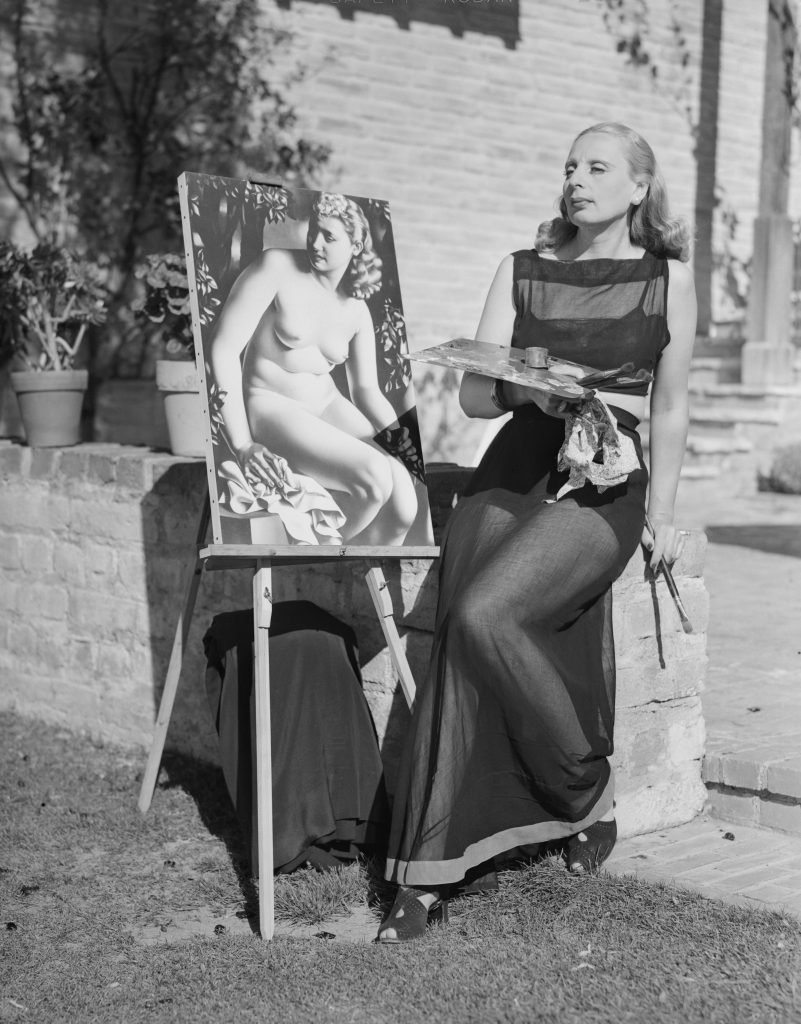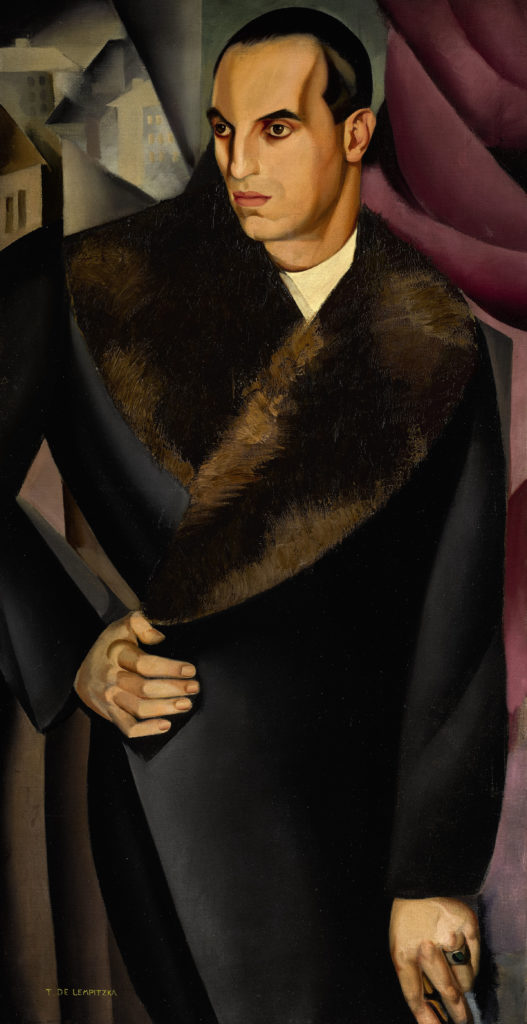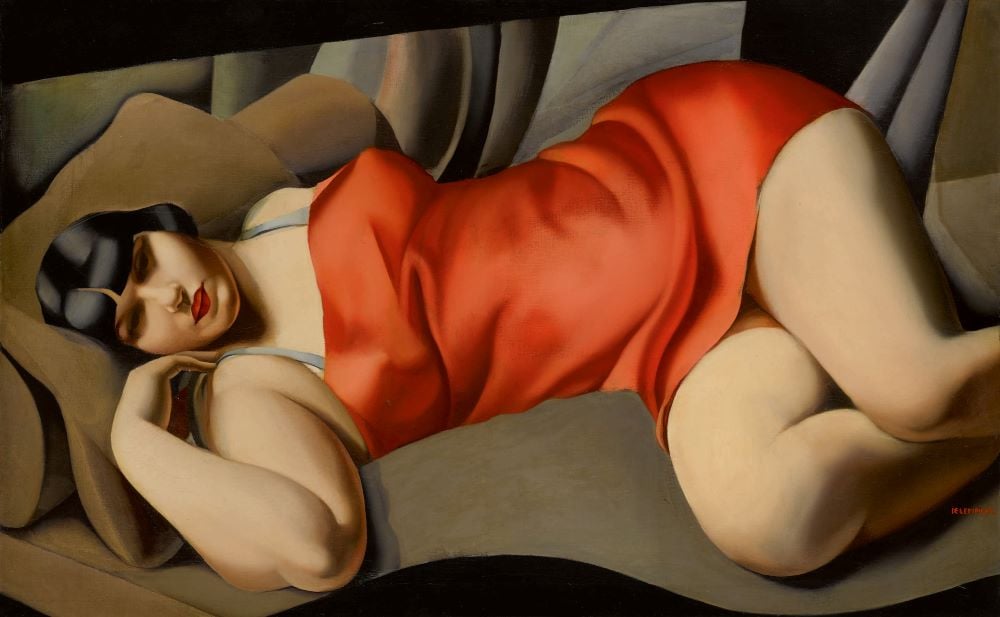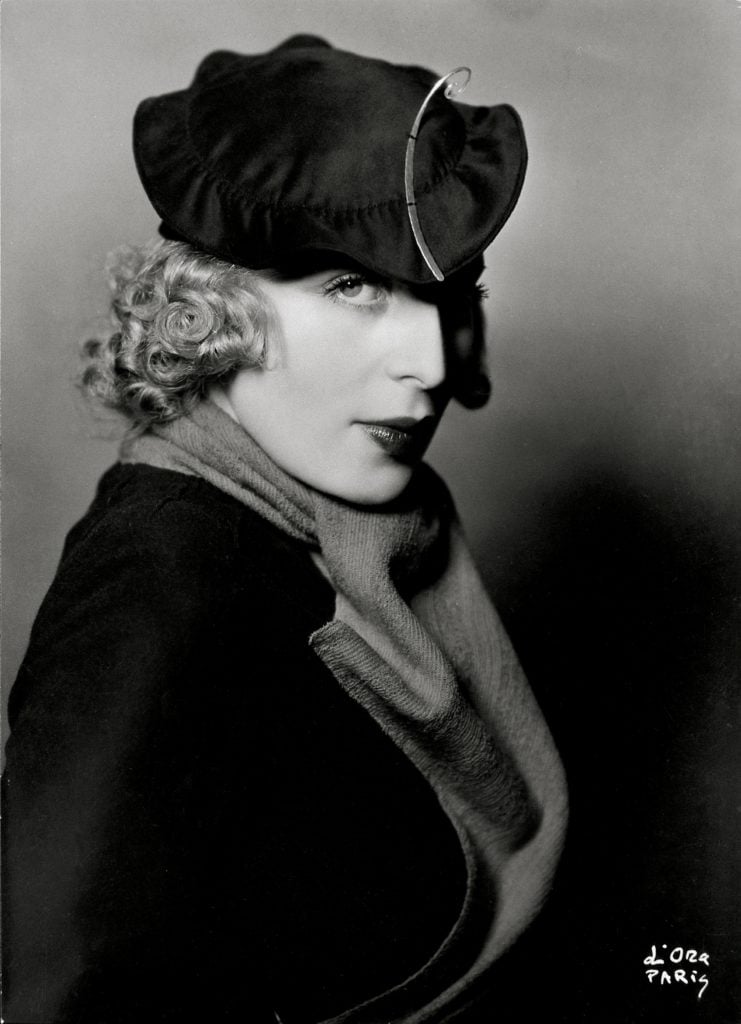Art World
Art Bites: How Tamara de Lempicka’s Ashes Ended Up in a Volcano
The doyenne of Art Deco projected a life of glamour, from Paris to New York.

By the time Tamara de Lempicka’s ashes were scattered over the crater of a Mexican volcano in 1980 per her final wishes, her star, once so commanding and rapturous, had faded.
The road from Paris to Popocatepetl was peripatetic and its final leg came with the begrudging acceptance that there would be no glorious second act for the Polish artist. In the late 1970s, she retired to a chic minimalist bungalow, painted it lavender, and enjoyed the tidy fortune amassed as the prima donna painter of Art Deco.
How large was this fortune exactly? A million dollars (some fifteen times that today) was the number she liked to flaunt. But facts were malleable things to Lempicka. The “de” in her name, for instance, was invented to project inherited nobility. Her place and year of birth were equally subject to change. Was it Moscow or Warsaw, 1898 or sometime a little earlier?

Tamara de Lempicka, Portrait de Guido Sommi (1925). Image courtesy Sotheby’s. ©2024 Tamara de Lempicka Estate, LLC/ ADAGP, Paris/ ARS, NY.
One point Lempicka quite deliberately misconstrued concerned Autoportrait (Tamara in a Green Bugatti), the 1929 work that so arrestingly captured the ethos and aesthetics of Art Deco. Blending cubist and classical sensibilities, Lempicka paints herself as a cold-eyed, glamour woman fully in control of a beautiful machine. In reality, she drove an old yellow Renault.
It may have come naturally, but artful self-aggrandizement was also a necessity. In 1918, she fled the Bolsheviks and arrived in Paris poor and with a child and moribund husband in tow. She studied at the city’s academies, pulling from the Symbolists, Cubists, and neo-Classicists as she liked. The Mannerists proved an enduring influence. She’d admired their elongated limbs and stylized faces while traveling in Italy as a teenager with her grandmother.

Tamara de Lempicka, La Tunique rose (1927) Image courtesy of Sotheby’s. ©2024 Tamara de Lempicka Estate, LLC/ ADAGP, Paris/ ARS, NY.
The goal, as Lempicka put it, was “never to copy, to create a new style, bright, and luminous.” She readily achieved as much. Recognition came gradually and on the back of a relentless work ethic: nine hours of painting a day, preferably rounded off with champagne and a massage.
A furious social life propelled her name and career. To conjure up a romanticized image of Paris in the 1920s is to stumble into the world Lempicka inhabited: frenzied parties, expanding norms of sexuality, haute couture, and gilded promises of what the 20th century would bring. Lempicka lived the world she painted, her subjects often flitting between model, lover, and patron.

Tamara de Lempicka, Paris, 1932. Photo: Imagno/Getty Images.
In 1925, Lempicka held her first solo show in Milan. She didn’t look back. By the late twenties her novel mode of fusing classical portraiture and contemporary advertising made her a highly sought-after portraitist. Queens, scientists, princes, sex workers, industrialists, silent film actresses, “she painted them all” as her daughter Kizette would later say, with some cynicism.
Lempicka eventually acquired the financial independence she had been chasing via a two-year contract with Pierre Boucard, newly rich through the development of an antidiarrheal drug. She promptly purchased a three-story house on the Left Bank.
The Wall Street Crash of 1929, which she witnessed first-hand in New York, might have undone the glossy sheen of modernism, but in subsequent years Lempicka painted some of her most celebrated and reproduced works.
Instead, it was the malaise of a second marriage, to Baron Raoul Kuffner, and the advance of fascism that pushed her to the U.S. and far from the center of the European avant-garde.
What’s the deal with Leonardo’s harpsichord-viola? Why were Impressionists obsessed with the color purple? Art Bites brings you a surprising fact, lesser-known anecdote, or curious event from art history. These delightful nuggets shed light on the lives of famed artists and decode their practices, while adding new layers of intrigue to celebrated masterpieces.





